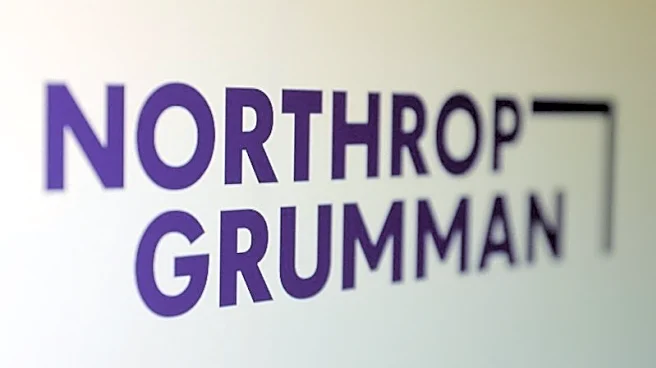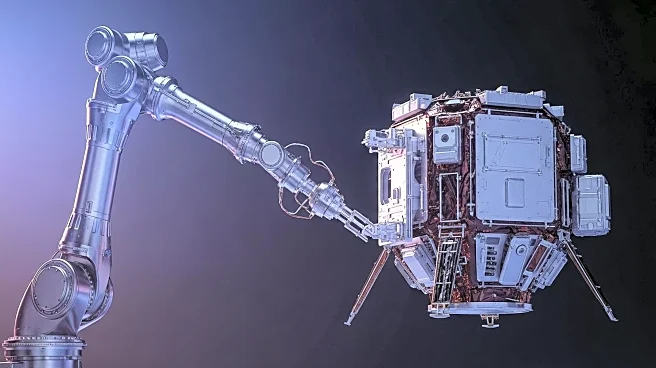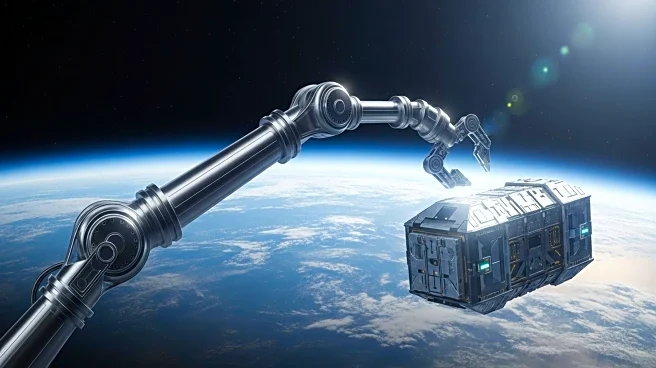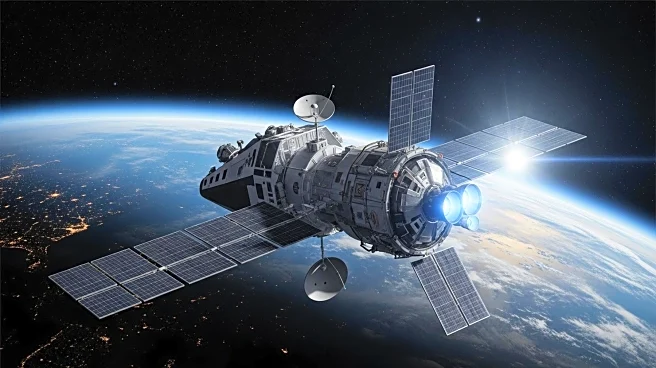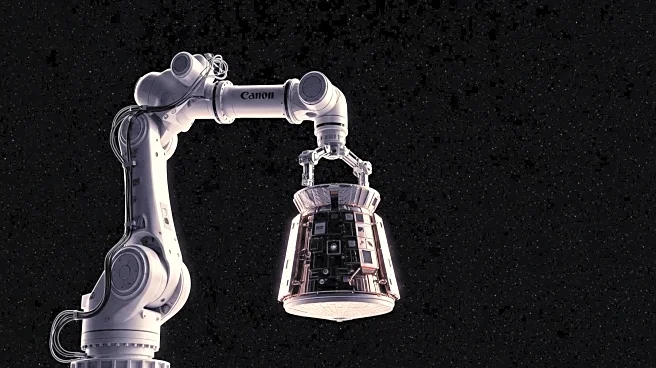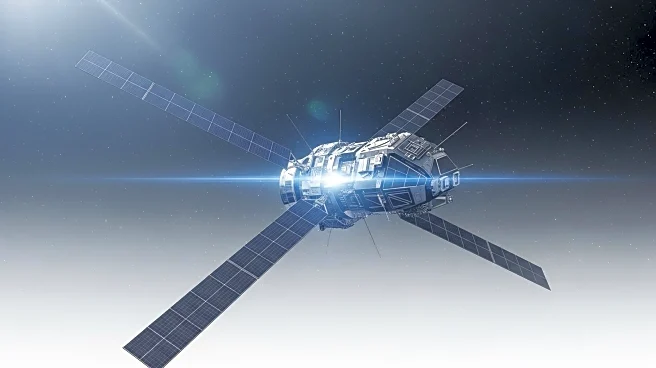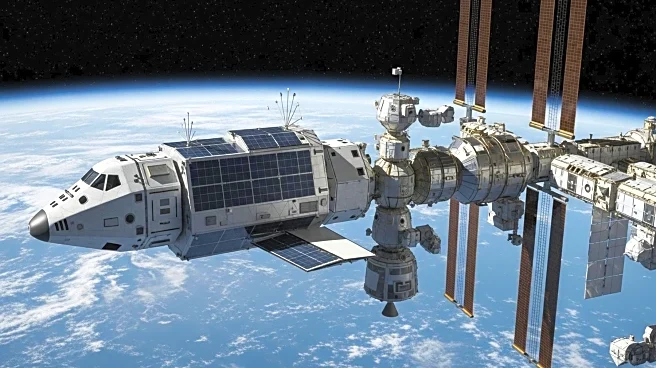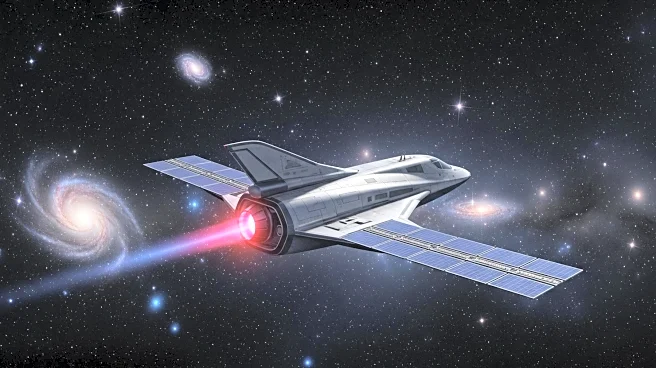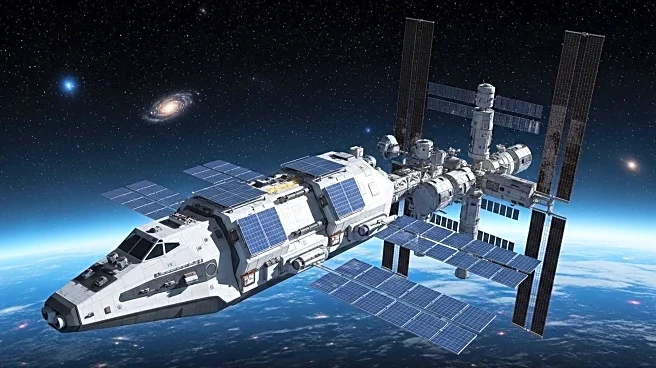What's Happening?
Northrop Grumman's new Cygnus XL cargo spacecraft successfully arrived at the International Space Station (ISS) on September 18, 2025, despite a delay caused by a thruster issue. The spacecraft, which is part of the NG-23 mission, delivered approximately 11,000 pounds of cargo to the ISS. The Cygnus XL, launched on a SpaceX Falcon 9 rocket from Cape Canaveral, experienced a thruster problem that delayed its arrival by a day. NASA astronaut Jonny Kim used the Canadarm2 robotic arm to capture the spacecraft as it approached the ISS. This mission marks the debut of the Cygnus XL, which can carry more cargo than previous versions. The cargo includes materials for semiconductor crystal production and equipment for cryogenic fuel tank improvements.
Why It's Important?
The successful delivery of cargo by the Cygnus XL is significant for several reasons. It demonstrates Northrop Grumman's capability to enhance cargo delivery to the ISS, supporting ongoing scientific research and technological advancements. The increased cargo capacity of the Cygnus XL allows for more extensive research materials to be transported, potentially accelerating scientific discoveries. This mission also highlights the resilience and problem-solving capabilities of NASA and Northrop Grumman teams, as they managed to overcome the thruster issue and ensure the mission's success. The Cygnus XL's ability to deliver critical supplies and research materials is vital for the continued operation and research activities aboard the ISS.
What's Next?
The Cygnus XL will remain attached to the ISS until March 2026, supporting ongoing research and experiments. It will eventually deorbit and burn up in Earth's atmosphere. The success of this mission may lead to more frequent use of the Cygnus XL for future cargo deliveries, enhancing the ISS's research capabilities. Additionally, the mission's success could encourage further development and deployment of larger cargo spacecraft, potentially benefiting other space missions and collaborations.

